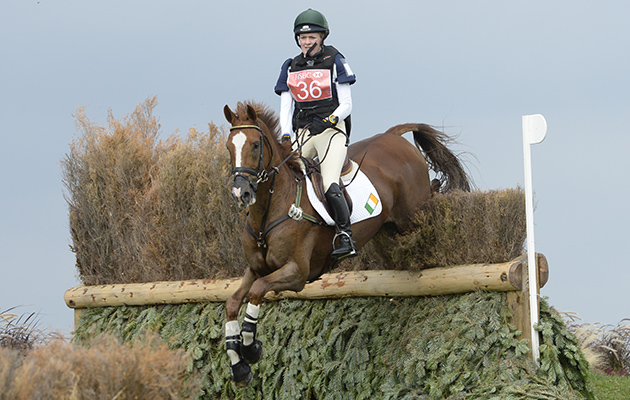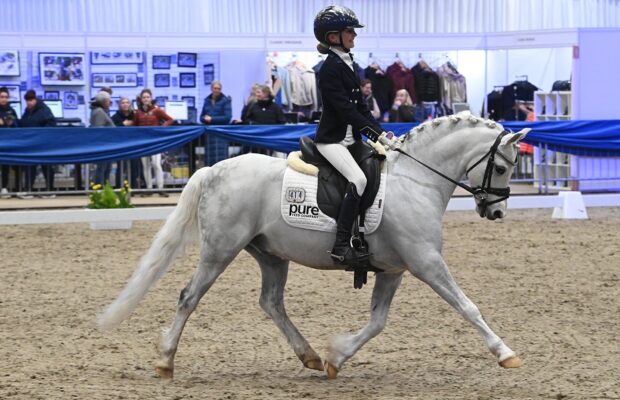International dressage rider Sarah Millis explains how to improve walk pirouettes, how she nails this movement and how she uses it to help her horses develop collection
Sarah is one of the most experienced international dressage riders in the UK, having represented Great Britain in 10 consecutive European Championships at under-21 level. She has developed and trained numerous horses up to international grand prix.
Sarah says: “Behroez used to get carried away and take over during his pirouettes. He’d lose the inside flexion, turn too quickly and his hindlegs would step out. So I would just turn for two steps, then go into shoulder-in, then straight, then shoulder-in the opposite way, and repeat. I’d try not to practise them at points where they’d be in a test, so that he’d wait for my question rather than think he knew what to do and anticipate.
“Many riders struggle with positioning their horse correctly, maintaining activity, controlling the degree of turning and being able to think forward within the walk-pirouette.
“Before you can position your horse’s body, you need to be able to dictate your horse’s length of step effectively from your seat, as well as maintain suppleness in shoulder-in and travers.”
How to improve walk pirouettes

1. Your position is important. Your outside leg can ask the shoulders to turn by being used further forward, or further behind the girth to stop your horse stepping out with his hindlegs. Your hands and seat can direct his withers and shoulders to turn. When your horse responds well to the basic half-halt and remains active, he will carry more weight behind and you’ll be able to think forward and have a soft hand even when turning on the spot.
2. Start with quarter-turns on a square — between R, S, V and P in a 20x60m arena, or B, E, K and F in a 20x40m. Ride your line with a slight shoulder-in or -fore position. Keep your inside leg near the girth and inside hand close to the wither to dictate flexion. Avoid pulling back, as this will stop the inside hindleg coming under.
3. When using your outside leg, search for the spot where your horse responds best, so he truly turns the middle of his body and forehand around his hindleg. Some require you to have your leg closer to the girth to aid turning the shoulders, others will respond with it just behind the girth to discourage the hindleg from stepping out.
4. When you decide to turn, think, “Half-halt, activate, turn.” Look for the marker you wish to ride to and half-halt with your seat and outside rein, using your outside leg to press your horse to turn.
5. Make sure your seat and thighs stay centred over your horse’s back and ribcage, with a little more weight to the inside. There is no point asking him to go left when your seat is saying right.
Consider this…
- Vary between quarter- (a 90° turn) and half-pirouettes (a 180° turn) so your horse doesn’t begin to anticipate and get behind your inside leg.
- A combination of walk-pirouettes and canter-walk-canter transitions will help develop collection in the canter as well. Always remember to keep your horse fresh and full of impulsion with plenty of forward work in between training collection.
You might also be interested in:

Using cavaletti to improve the horse’s canter and balance

Subscribe to Horse & Hound magazine today – and enjoy unlimited website access all year round
Horse & Hound magazine, out every Thursday, is packed with all the latest news and reports, as well as interviews, specials, nostalgia, vet and training advice. Find how you can enjoy the magazine delivered to your door every week, plus options to upgrade your subscription to access our online service that brings you breaking news and reports as well as other benefits.




